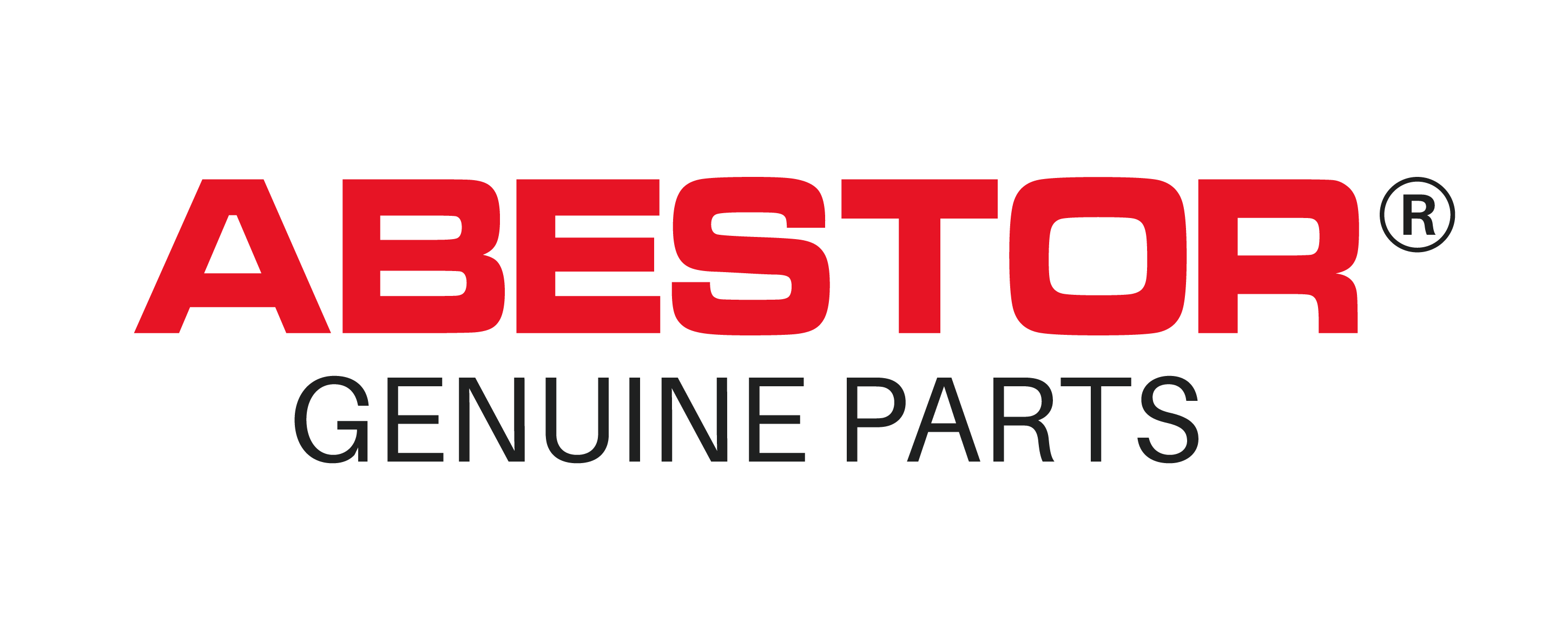Email format error
Email cannot be empty
Email already exists
6-20 characters(letters plus numbers only)
The password is inconsistent
Email format error
Email cannot be empty
Email does not exist
6-20 characters(letters plus numbers only)
The password is inconsistent


Understanding OEM vs Aftermarket Brake Pads and Rotors: Which Is Right for You?
When it comes to maintaining your vehicle, one of the most critical decisions you'll face is choosing the right brake pads and rotors. These components are essential for your car's safety and performance, and the choice between OEM (Original Equipment Manufacturer) and aftermarket options can be daunting. In this blog, we'll dive deep into the differences between OEM and aftermarket brake pads and rotors, exploring the pros and cons of each to help you make an informed decision.
What Are OEM Brake Pads and Rotors?
OEM brake pads and rotors are parts that come directly from the manufacturer who made your vehicle. These components are designed to match the specifications and quality of the original parts that came with your car when it was first built.
Pros of OEM Brake Pads and Rotors
Guaranteed Fit and Compatibility: One of the most significant advantages of OEM parts is that they are guaranteed to fit your vehicle perfectly. Since these parts are designed specifically for your make and model, there's no need to worry about compatibility issues.
Consistent Performance: OEM brake pads and rotors are designed to provide the same level of performance as the original parts. This means you can expect consistent braking power and reliability, which is crucial for safety.
Warranty Protection: Using OEM parts often ensures that your vehicle's warranty remains intact. Manufacturers typically recommend or require OEM parts for repairs and replacements, so choosing OEM can help you avoid any potential warranty issues.
Quality Assurance: OEM parts are subject to rigorous testing and quality control processes, ensuring that they meet the manufacturer's standards. This means you can trust the quality and durability of OEM brake pads and rotors.
Cons of OEM Brake Pads and Rotors
Higher Cost: One of the main drawbacks of OEM parts is their cost. Since these components come directly from the manufacturer, they tend to be more expensive than aftermarket options.
Limited Availability: Depending on your vehicle's make and model, OEM parts may not always be readily available. This can lead to longer wait times for repairs and replacements.
Lack of Variety: OEM parts are designed to match the original specifications of your vehicle, which means you won't have many options for customization or performance upgrades.
What Are Aftermarket Brake Pads and Rotors?
Aftermarket brake pads and rotors are produced by third-party manufacturers and are designed to fit a wide range of vehicles. These parts can vary significantly in terms of quality, performance, and price.
Pros of Aftermarket Brake Pads and Rotors
Affordability: One of the most significant advantages of aftermarket parts is their cost. Aftermarket brake pads and rotors are generally more affordable than OEM parts, making them an attractive option for budget-conscious consumers.
Wide Range of Options: The aftermarket industry offers a vast selection of brake pads and rotors, allowing you to choose components that suit your driving style, preferences, and budget. Whether you're looking for high-performance parts for racing or budget-friendly options for everyday driving, there's likely an aftermarket product that fits your needs.
Customization and Performance Upgrades: Aftermarket manufacturers often offer parts that are designed to enhance your vehicle's performance. For example, you can find brake pads and rotors that provide better stopping power, reduced brake dust, or improved heat dissipation. This level of customization is not typically available with OEM parts.
Availability: Aftermarket parts are usually widely available, which means you can get the parts you need quickly and easily, often at local auto parts stores or online retailers.
Cons of Aftermarket Brake Pads and Rotors
Inconsistent Quality: One of the biggest concerns with aftermarket parts is the variation in quality. While some aftermarket manufacturers produce high-quality components, others may cut corners to reduce costs. This can result in parts that wear out quickly, perform poorly, or even compromise your vehicle's safety.
Fitment Issues: Since aftermarket parts are designed to fit a wide range of vehicles, they may not always fit your specific make and model perfectly. This can lead to issues with installation, performance, and even safety.
Warranty Concerns: Using aftermarket parts can sometimes void your vehicle's warranty, especially if the parts cause damage or do not meet the manufacturer's specifications. It's essential to check with your vehicle's manufacturer before using aftermarket brake pads and rotors.
Potential for Noise and Vibration: Some aftermarket brake pads and rotors may produce more noise or vibration than OEM parts. This can be due to differences in materials, design, or manufacturing processes. While not necessarily a safety issue, it can be an annoyance for drivers.
OEM vs Aftermarket Brake Pads and Rotors: Which Should You Choose?
Now that we've explored the pros and cons of OEM and aftermarket brake pads and rotors, you might still be wondering which option is right for you. The answer largely depends on your priorities, driving habits, and budget. Let's break down some scenarios to help guide your decision.
When to Choose OEM Brake Pads and Rotors
If You Prioritize Reliability and Safety: If your top concern is maintaining your vehicle's original performance and safety, OEM brake pads and rotors are likely the best choice. These parts are specifically designed for your vehicle, ensuring a perfect fit and consistent performance.
If Your Vehicle Is Under Warranty: If your car is still under warranty, it's often safer to stick with OEM parts to avoid any potential warranty issues. Using OEM parts ensures that you're following the manufacturer's recommendations, which can be crucial if you ever need to make a warranty claim.
If You Drive a Luxury or High-Performance Vehicle: Luxury and high-performance vehicles often come with advanced braking systems that are designed to work with specific OEM components. Using aftermarket parts may compromise the performance or safety of these systems, so OEM is usually the safer bet.
When to Choose Aftermarket Brake Pads and Rotors
If You're on a Budget: If cost is a significant factor, aftermarket brake pads and rotors can offer substantial savings. Just be sure to do your research and choose a reputable brand to ensure you're getting quality parts.
If You Want to Customize Your Braking System: If you're interested in enhancing your vehicle's performance or tailoring your braking system to your driving style, aftermarket parts offer more options for customization. Whether you're looking for increased stopping power, reduced brake dust, or better heat management, aftermarket manufacturers likely have a product that fits your needs.
If You Drive an Older Vehicle: For older vehicles, especially those no longer under warranty, aftermarket parts can be a cost-effective way to keep your car on the road. In many cases, the performance difference between OEM and high-quality aftermarket parts may be negligible, making the aftermarket a practical choice.
Tips for Choosing Aftermarket Brake Pads and Rotors
If you decide to go with aftermarket brake pads and rotors, here are a few tips to help you make the best choice:
Research Brands: Not all aftermarket parts are created equal. Take the time to research brands, read reviews, and look for parts that are well-regarded for your specific make and model.
Consider Your Driving Style: Different brake pads and rotors are designed for different driving conditions. If you drive in stop-and-go traffic, you might want brake pads that offer longer wear. If you enjoy spirited driving, you might prioritize performance.
Check Compatibility: Ensure that the aftermarket parts you're considering are compatible with your vehicle. Many manufacturers offer fitment guides to help you find the right parts.
Don't Skimp on Quality: While it's tempting to go for the cheapest option, remember that brakes are a critical safety component. It's worth spending a little more to get parts from a reputable brand that will perform reliably and last longer.
Conclusion
Choosing between OEM vs aftermarket brake pads and rotors is a decision that depends on several factors, including your budget, driving habits, and the specific needs of your vehicle. OEM parts offer guaranteed fit, consistent performance, and peace of mind, but at a higher cost. On the other hand, aftermarket parts provide more variety, affordability, and customization options, but with potential trade-offs in quality and fitment.
Ultimately, the right choice for you will depend on your priorities. Whether you opt for the reliability of OEM parts or the flexibility of aftermarket options, what matters most is that you choose components that keep your vehicle safe and performing at its best. By carefully considering your options and doing thorough research, you can make an informed decision that suits both your needs and your vehicle.

